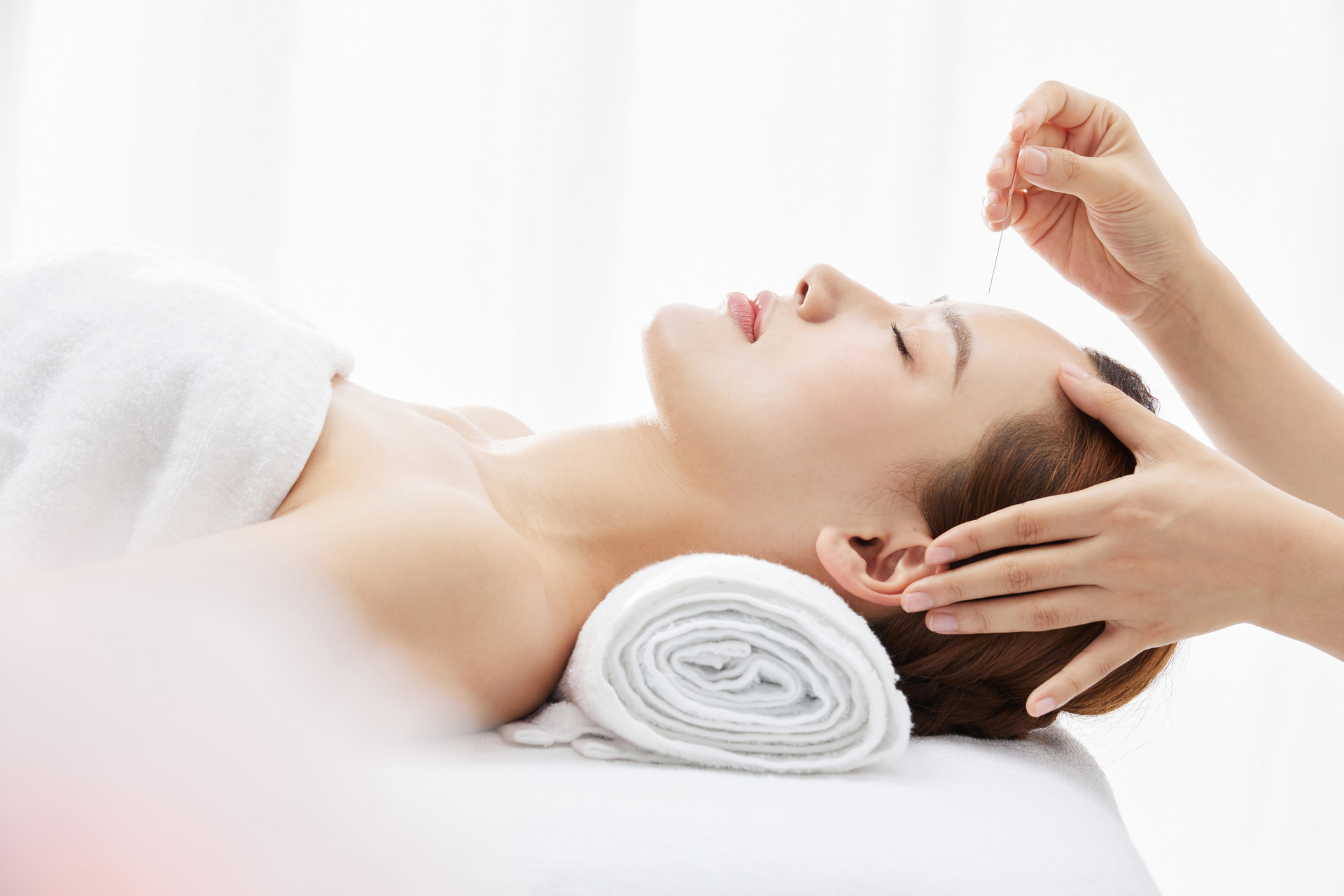Friends who are interested in traditional Chinese medicine should be familiar with acupuncture, which has significant effects in treating many diseases. Today, let's learn about the related knowledge of acupuncture, including its benefits, indications, precautions, and specific operation methods for treating diseases.
Table of Contents
1. Introduction to Traditional Chinese Medicine Acupuncture 2. Six Major Benefits of Traditional Chinese Medicine Acupuncture
3. Indications of Traditional Chinese Medicine Acupuncture 4. Precautions for Traditional Chinese Medicine Acupuncture
5. Three Acupuncture Techniques Every Woman Should Know 6. Acupuncture Treatments for Two Common Diseases in the Elderly
7. What is Traditional Chinese Medicine Acupuncture Allergy 8. How Well Do You Know the Common Acupuncture Points
Introduction to Traditional Chinese Medicine Acupuncture
The so-called traditional Chinese medicine acupuncture is the use of needle techniques to insert needles into specific acupoints of patients' bodies to achieve the purpose of treating diseases. Traditional Chinese medicine acupuncture has distinct cultural characteristics and is a unique method of disease treatment for the Han ethnic group. It can be said to be a precious heritage based on our Han medical tradition.
In the process of formation, application, and development, traditional Chinese medicine acupuncture has distinct Han ethnic cultural and regional characteristics. It is a precious heritage based on Han ethnic culture and scientific tradition. The effects of traditional Chinese medicine acupuncture involve regulating endocrine, weight loss, and other specific areas.
Acupuncture is divided into two parts
One is acupuncture needles, and the other is moxibustion. In the Neolithic Age, when injured, people accidentally touched certain parts of their bodies with hard objects such as stones and thorns, which would alleviate the pain. Therefore, ancient people consciously used sharp stones to stimulate these parts of the body, which was the early form of acupuncture needles - bian stones. Moxibustion was developed in conjunction with the use of fire. Our ancestors found that certain body pains were relieved after being exposed to smoke or burned by fire. After obtaining such inspiration, they gradually invented moxibustion.
Treatment principle
As long as yin and yang are harmonized under normal conditions, the yin and yang in the human body will be in a relatively balanced state, and the body will feel relatively comfortable. The therapeutic effect of traditional Chinese medicine acupuncture lies in the harmonization of yin and yang, which is achieved through the combination of meridians and acupoints.
For example, toothache caused by excessive gastric fire belongs to excessive yang heat. The treatment should focus on clearing and purging gastric fire by selecting the acupoints Neiting on the Yangming Stomach Meridian, and using the purging method with needles. Stomach pain caused by stomach injury by cold pathogenic factors belongs to excessive yin evil. The treatment should focus on warming and dispelling cold by selecting the acupoints Zusanli and Zhongwan on the Yangming Stomach Meridian, and using the purging method with needles and moxibustion to warm and dispel the cold evil.
Modern clinical observations and experimental studies have fully proven that acupuncture has significant regulatory effects on the functional activities of various organs and tissues, especially in pathological conditions. This regulation can be said to be beneficial and bidirectional. This is one of the basic reasons why traditional Chinese medicine acupuncture can treat diseases. In fact, according to traditional Chinese medicine, the pathological imbalance of organs and tissues can be connected with the theory of yin and yang. Therefore, acupuncture treatment is to regulate the imbalance of yin and yang.










